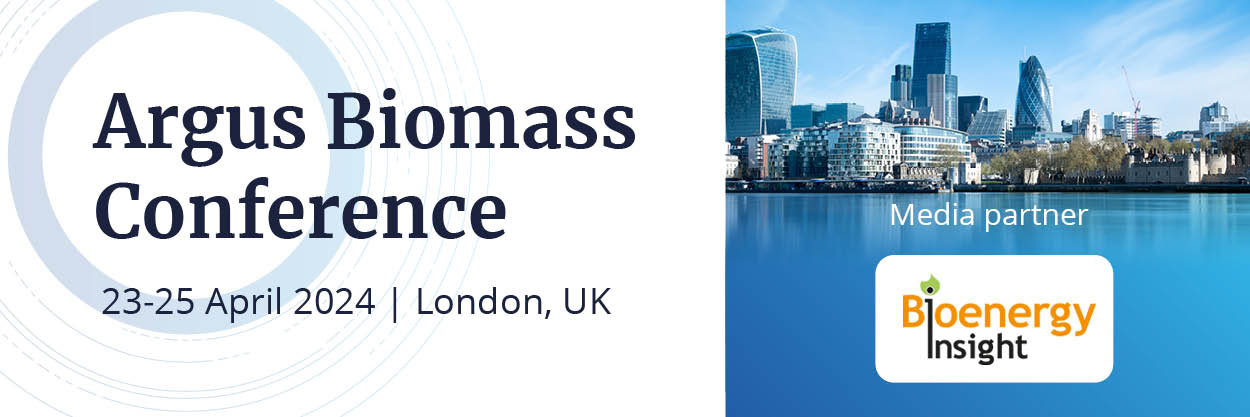Algae the key to unlocking BECCS potential?
Boosting the efficiency of croplands through algae production could ‘unlock’ Bioenergy and Carbon Capture Technology (BECCS), according to new research from the University of Hawai’i at Hilo.
The new research, which has been published in the journal Earth’s Future, describes an ‘affordable’, combined process to remove carbon dioxide from the atmosphere and produce electricity without ‘negatively impacting food security’.
BECCS burns wood to generate power, then captures the emitted CO2 and buries it underground. The approach has faced criticism, with claims it threatens land and water resources and support forests and agriculture production.
The new study, which included contributions from Duke and Cornell Universities as well as University of Hawai’i at Hilo, looks at how microalgae could offer a solution to these concerns.
Used for both food and biofuels, microalgae can be produced using seawater, grown in higher quantities than land crops and in areas unsuitable for agriculture. On the downside, growing this algae is energy and carbon dioxide intensive.
The authors, including Colin Beal and Ian Archibald of UH Hilo’s College of Agriculture, Forestry and Natural Resource Management (CAFNRM), Mark Huntley and Charles Green, who are affiliated with both CAFNRM and Cornell University, and Zackary Johnson of Duke University’s Biology Department and Marine Laboratory, have created a new process combing algae production and BECCS. They’ve dubbed this process ‘Algae with BECCS” (ABECCS).
In the research, a conceptual model is laid out which replaces soybean cropland with eucalyptus forest used for BECCS that provides marine algae with CO2, heat and electricity.
The unused land would be used to grow timber for a BECCS system to generate power and CO2 to drive the algae production. According to a statement announcing the research, by reducing land use the additional electricity can be exported and the carbon dioxide sequestered. Alternatively, the excess land could be returned to forest.
“The integrated 2,800-ha facility produces as much high-quality protein as soy without increasing freshwater demand, and generates 61.5 TJ of electricity while sequestering 29,600 t of CO2 per year,” the authors write, in the summary of their study.
“The system is economically viable when receiving $600/t of algae and $278/t of CO2 sequestered. With favourable economic conditions, ABECCS could contribute to the reduction of CO2 in the atmosphere in a sustainable way.”
























